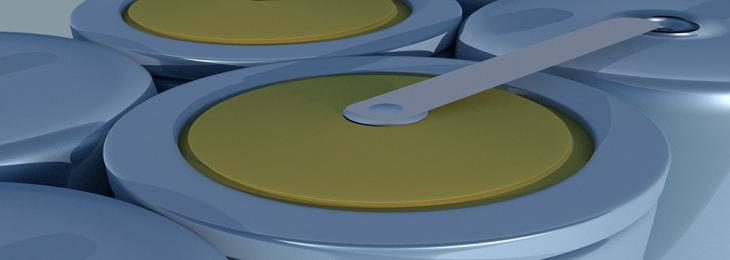
The researchers from MIT, Texas A&M University, Brown University, and Carnegie Mellon University have formulated a promising solution of lithium-ion batteries in this new report.
The liquid electrolyte in modern lithium-ion batteries transfers lithium ions back and forth between the electrodes as the battery is charged and discharged. It will make the batteries safer and provide more energy if the electrolyte is not made of solid materials. A group of U.S. researchers has created a form of powerful battery that overcomes some of the most significant roadblocks, demonstrating reliable, high-energy storage using a novel, self-contained material. Experimental models of these cells, in particular, have been shown to be capable of doubling the capacity of current lithium-ion solutions. The issue is that small forms such as tentacles are known as dendrites, and they often expand on the surface of other electrodes like battery cycles. These tiny needles will shorten the circuit in the battery, causing it to fail or catch fire.
This material has the proper amount of composition added to it so that when it comes into contact with a solid electrolyte, it does not develop small cracks that appear to be fully solid instead they are actually brittle electrode material, causing dendrite formation. Operating temperatures hold the equipment in a sufficient solid state to accommodate high currents, around 20 times over solid lithium, without forming dendrites as the battery moves by procedural cycle. This points to one of the new solid-state batteries' flaws, it does not allow for the kinds of current sizes that can recharge at efficient rates, at least not without the use of dendrites.
A thin film of liquid sodium-potassium alloy was coated on a battery and inserted between a solid electrode and a solid electrolyte in an experiment. Dendrite formation was also prevented, opening up an exciting new avenue for discovery. Researchers are now investigating how technology can be applied to a variety of solid battery architectures, inspired by these promising early results in their experimental designs, and are excited about the possibilities.






